Sharing a book together is a brilliant way of lighting up your child’s brain, helping them make new connections.
Did you know that when we hear a fact (such as ‘a forest is made up of lots of trees’) a bulb in our brain lights up? But when we hear a story (for example, one set in a forest, like Little Red Riding Hood or The Gruffalo) lots of bulbs light up like a Christmas tree as we make connections between the different characters and ideas in the story and think about what it all means.
So try to make time to share books and stories with your child every day or make up stories for them. And don’t just read – why not chat and let your imaginations run wild as those brain bulbs fire up? If you’re tired at the end of a long day you might not always feel like it, but spending time interacting with your child has so many great benefits, from helping their brains grow to strengthening your bond together – and calming them down ready for a sleep too!
And of course reading isn’t just for bedtime. It’s great at any time of day – after lunch, on the bus, before teatime – whenever! And don’t worry if you don’t like reading – telling them a story is just as good!
If you’re not sure where to start, here are some tips for getting even more out of story time. You can find more great story time tips here.
Story time tips
Tip #1: Start simple
Try to find books with large pictures and a simple phrase or sentence on each page. As well as reading the words, try naming and describing the pictures on each page, and ask your child what they can see and to point to the pictures you’re naming.
Tip #2: Take turns
Sharing a book is fun! Take turns to talk about what you see in the pictures, and to turn the pages.
Tip #3: Ask open questions
If you’re looking at a familiar book you both know well, try and encourage your wee one to think about the story by asking them open questions about it. (Open questions are questions that can’t just be answered by yes or no.) You could ask them what colour something is, or what an animal or object in the picture is, or what’s happening in a picture.
Try to balance your questions with comments, like “I see…” or “I wonder…” Some children love answering questions to show off their knowledge, but others might find it a bit stressful – you'll know which sort of child yours is!
Tip #4: Talk about feelings

Try talking about how the character is feeling, and asking your child to put themselves in their place.
This helps them understand that other people have feelings too, which is important for making friends. You could ask them why they think a character behaved in a certain way, or how they think a character might be feeling. What would they do if they were in that situation?
You could help them by saying things like "If I that character I'd feel scared/lonely/angry/happy…"
Tip #5: Encourage them to ask questions
Children often have lots of questions (from "Why is the sky blue?" to "What if Sleeping Beauty needed a wee?") Even if you can’t answer them, it’s great to encourage your little one to ask about the story you’re reading. "Because it’s magic" is often a good answer!
Tip #6: Play I-spy
This is a great game to play with books with very busy pictures (like Richard Scarry’s books) or with lots of things happening. Look at the picture together and see if they can spot something that’s red, or blue, or, if they’re a little bit older, that starts with a ‘c’ or a ‘d’ sound.
Tip #7: Read interactive books together
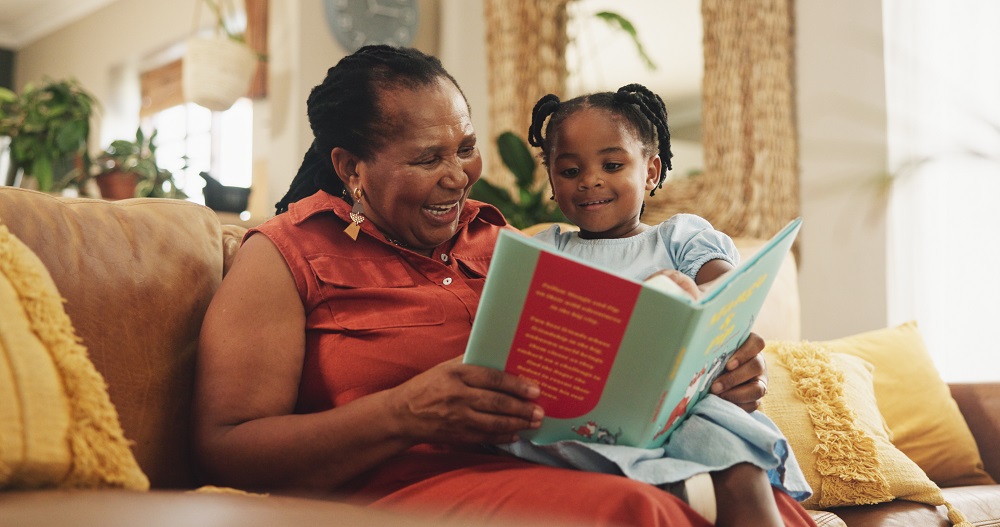
Some books let you choose what’s going to happen – see if you can find any of Nick Sharratt’s You Choose books in your local library and you’ll have loads of fun making decisions together. Lift the flap books can encourage children at this age to interact and use words, signs or gestures to share what’s hidden.
Tip #8: Use hand actions
When you’re reading a story together, try using hand gestures to act it out. For example, if you’re reading The Gruffalo, you could use your hands to act out his terrible tusks and terrible claws. This will help your child make a connection between the words on the page and the physical things they describe.
Tip #9: Fire their imagination
You can use stories you’ve read to build on their communications skills when you’re playing, for example by acting out a story you’ve read together with their toys. Will you change the ending? Or act out what happens next?
Getting hold of books
Remember, you don’t have to buy books. Bookbug gives every child in Scotland four free bags of books as babies, toddlers, three and five year olds, and you can always borrow books from your local library or book bus. You can find out more about the Bookbug bags on the Scottish Book Trust website.
You can also take part in free Bookbug sessions online or at your local library. Sessions last around 30 minutes and include songs, rhymes and a story. Going to a Bookbug Session is a great way for families to spend time bonding with each other and meeting other families in their local area. Bookbug Sessions can also help to build children’s social skills and support their speech and language development. You can find your nearest Bookbug session here.
 Activities & Play
Activities & Play Behaviour
Behaviour Childcare
Childcare Development & Growing Up
Development & Growing Up Family, Friends & Relationships
Family, Friends & Relationships Feeding Your Baby
Feeding Your Baby Food & Eating
Food & Eating Health & Safety
Health & Safety Mental Health & Wellbeing
Mental Health & Wellbeing Money & Work
Money & Work Online Behaviour & Safety
Online Behaviour & Safety Pregnancy & First Days
Pregnancy & First Days School & Education
School & Education Sleep
Sleep

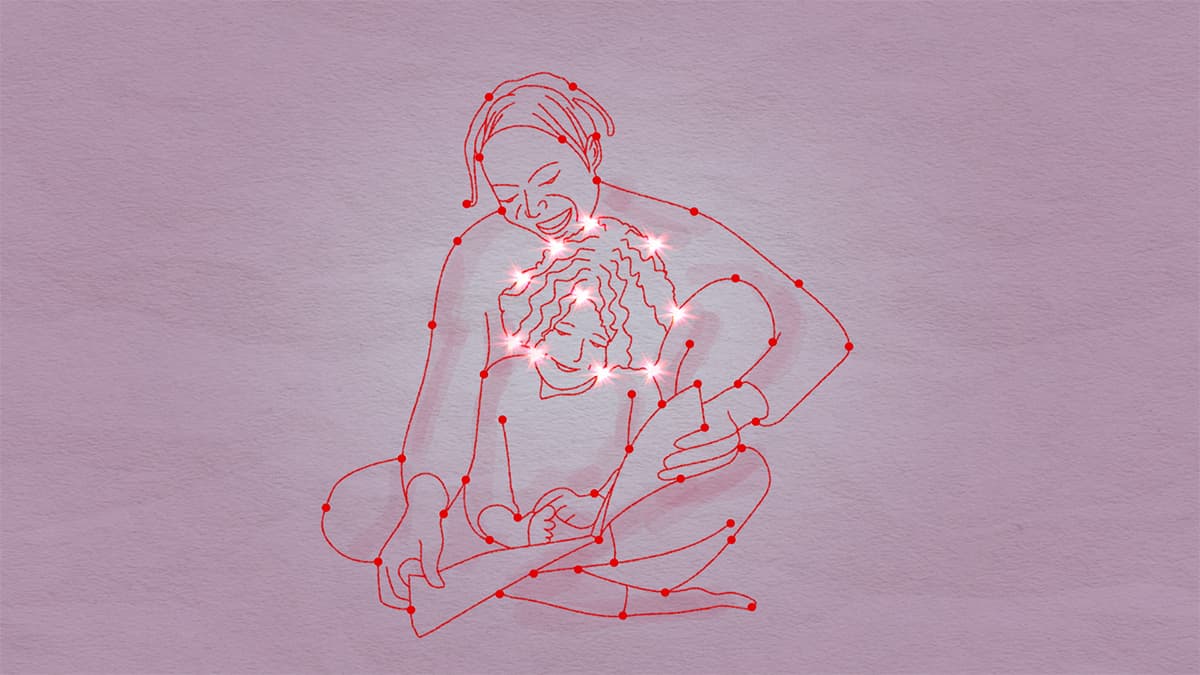
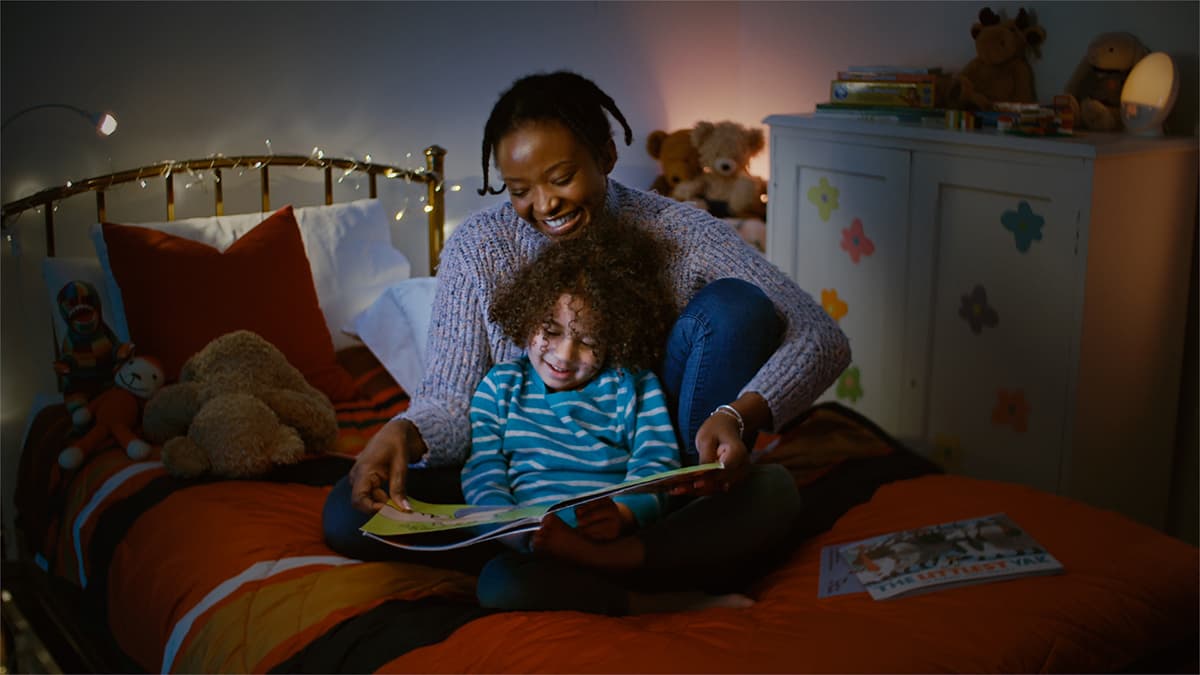




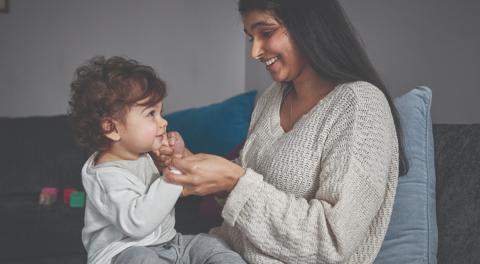
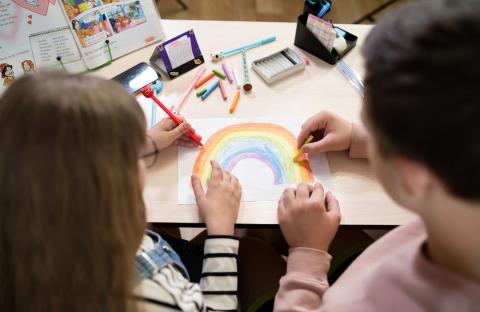
 Family, Friends & Relationships
Family, Friends & Relationships
 Mental Health & Wellbeing
Mental Health & Wellbeing